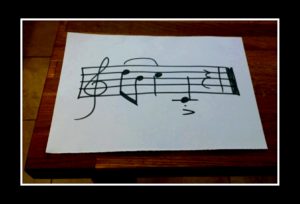
While preparing material for my post on latch promotion rules, I found this very interesting Stack Exchange question by Jeremiah Peschka about SQL Server’s LRU-K algorithm and the metrics that support it. It turned out that SQL Server doesn’t expose those in a useful way, but I was really impressed by some experimental evidence provided by Martin Smith, and his excellent deductions. Martin has clearly been on the case for a while and has highlighted that LRU-K (or for that matter Time of Last Access) isn’t well documented at all.
I’m not going to look at the general case of aging out buffers today; instead I’m just confirming and extending Martin’s observations about how DBCC PAGE interacts with buffers.
The return of bUse1
Quick refresher: the lazywriter maintains an internal 16-bit “clock hand” that counts seconds and thus rolls over every eighteen hours or so. Its current value is used as a cheap and easy way to measure the progress of time in places where we don’t care about absolute time, but only need the ability to note how many seconds have passed since a logged event.
Continue reading “DBCC PAGE and buffer pool disfavoring”

